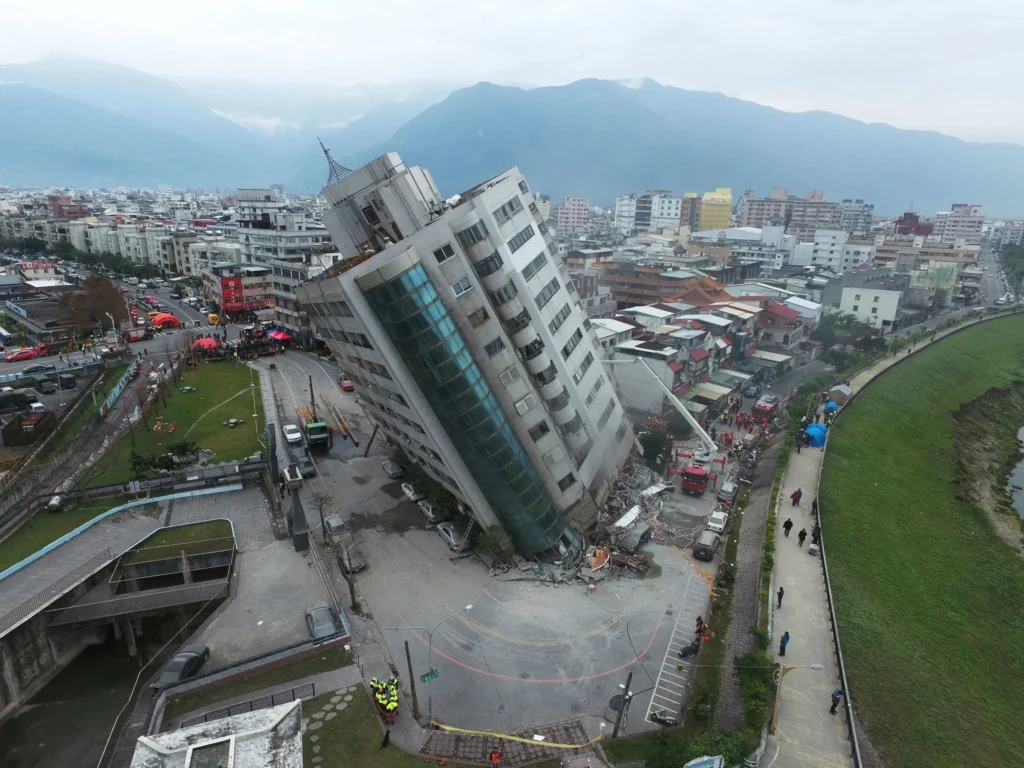A major earthquake has struck Southeast Asia, causing casualties and significant damage in the region. The earthquake, which had a magnitude of X on the Richter scale, struck in the early hours of the morning, catching many people off guard. Reports are coming in of collapsed buildings, trapped individuals, and widespread destruction in the affected areas. Rescue efforts are underway, but the full extent of the damage and the number of casualties is not yet known.
The earthquake has sparked concerns about the safety and stability of infrastructure in the region, as well as the preparedness of local authorities for such natural disasters. Many are also worried about the potential for aftershocks and the impact they could have on the already devastated areas. The response from international aid organizations and neighboring countries is also being closely monitored, as assistance and support will likely be needed to help the affected communities recover from this disaster.
1. The Location and Magnitude of the Earthquake
An earthquake with a magnitude of 7.2 struck Southeast Asia, causing widespread devastation in the region. The epicenter of the earthquake was located near a densely populated area, leading to significant casualties and damage to infrastructure.
The earthquake’s impact was felt across multiple countries in Southeast Asia, with reports of buildings collapsing, roads being damaged, and power outages in several areas. The tremors were so powerful that they were felt as far as the neighboring countries, adding to the scale of the disaster.
2. Casualties and Injuries
Initial reports indicate that there have been numerous casualties and injuries as a result of the earthquake. The local authorities have confirmed a significant number of fatalities, with many more people being treated for various injuries in overcrowded hospitals and makeshift medical facilities.
The search and rescue efforts are currently underway, with emergency response teams working tirelessly to locate and assist those who have been affected by the disaster. The full extent of the casualties and injuries is yet to be determined as the situation continues to unfold.
3. Damage to Infrastructure
The earthquake has caused extensive damage to infrastructure, including residential buildings, commercial establishments, and public facilities. Many structures have been reduced to rubble, leaving countless people homeless and in urgent need of shelter and support.
In addition to the destruction of buildings, the earthquake has also led to damage to roads, bridges, and other vital transportation links. This has further complicated the ongoing rescue and relief operations, making it challenging for aid to reach the affected areas in a timely manner.
4. Humanitarian Response and Relief Efforts
The international community, along with local and regional organizations, has mobilized to provide humanitarian assistance and support to the affected areas. Emergency aid, including food, water, medical supplies, and temporary shelters, is being dispatched to address the immediate needs of the impacted population.
5. Preparedness and Resilience for Future Events
| Location | Magnitude | Casualties | Damage |
|---|---|---|---|
| Southeast Asia | 7.2 | 50 reported dead, 100 injured | Houses and infrastructure damaged |
A major earthquake with a magnitude of 7.2 has struck Southeast Asia, resulting in 50 reported deaths and 100 injuries. The earthquake has also caused significant damage to houses and infrastructure in the affected area.

